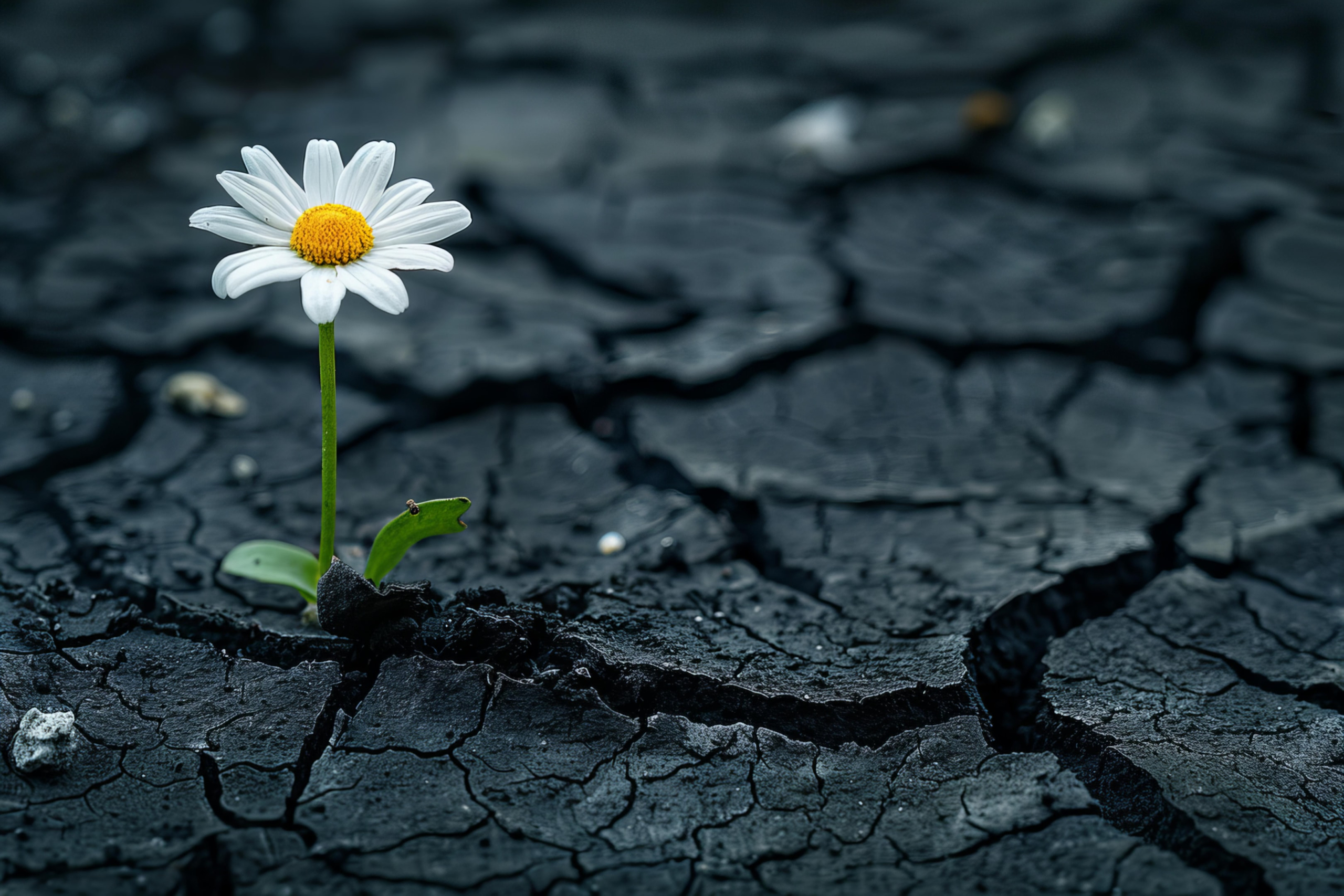
The rainy season can be a beautiful time of year, with lush green landscapes and the soothing sound of raindrops. However, for homeowners, it also presents a host of challenges and potential hazards.
Floods, landslides, and severe thunderstorms are just a few of the natural disasters that can occur during this season. Being unprepared can lead to catastrophic consequences.
Therefore, it’s crucial for homeowners to have an emergency preparedness plan in place. In this comprehensive guide, we will dive into essential emergency planning tips for homeowners to ensure safety and readiness when disaster strikes.
The Importance of Emergency Preparedness Planning
Emergency preparedness planning is a vital aspect of homeownership. It involves anticipating potential emergencies, understanding risks, and taking proactive steps to mitigate those risks.
An effective emergency preparedness plan can mean the difference between life and death, safety and danger, and even financial stability and ruin. By investing time and resources into emergency preparation, homeowners can protect their families, properties, and communities.
Understanding the Risks
The first step in emergency preparedness planning is understanding the specific risks associated with the rainy season. Different regions may face different types of natural disasters, so it’s essential to be aware of the particular threats in your area. This awareness not only helps in planning but also in mitigating the impact of these natural events. Common risks during the rainy season include flooding, landslides, severe storms, and power outages.
Flooding
Flooding is a significant concern during the rainy season. Heavy rainfall can lead to flash floods, river floods, and urban flooding. Flash floods occur suddenly and with little warning, often due to intense rainfall over a short period. River floods happen when rivers overflow their banks, which can inundate nearby areas for days or even weeks.
In urban areas, inadequate drainage systems can exacerbate the problem, leading to waterlogged streets and homes. Understanding the flood risk in your area can help you take preventive measures, such as reinforcing your home’s foundation or creating a flood emergency plan.

Landslides
Landslides are another critical risk, particularly in hilly or mountainous regions. When the soil becomes saturated with water, it can lose its stability and slide down slopes, causing immense damage to anything in its path. This is especially hazardous for homes built on or near hillsides.
Monitoring local weather forecasts and understanding the geology of your area can help you anticipate and respond to landslide threats. Installing proper drainage systems and retaining walls can also help in preventing landslides.
Severe Storms
Severe storms during the rainy season can bring a host of problems, including strong winds, hail, and lightning. These storms can cause significant damage to homes, vehicles, and infrastructure. High winds can knock down trees and power lines, while hail can destroy crops and damage roofs.
Lightning poses a risk of fire and can also result in power outages. Being prepared for severe storms involves securing outdoor furniture, trimming trees that could fall on your house, and having an emergency kit ready.
Power Outages
Power outages are a common consequence of severe storms. Disrupted power lines can lead to prolonged outages, affecting everything from heating and cooling systems to communication networks.
Having a backup generator, battery-powered lights, and a supply of non-perishable food can make power outages more manageable.
Understanding the risks associated with the rainy season and taking proactive steps can significantly reduce the impact of these natural disasters on your life and property.
Emergency Planning Tips for Homeowners
To prepare for these risks, homeowners should follow these emergency planning tips:
Create an Emergency Preparedness Plan
An emergency preparedness plan is a detailed strategy outlining the steps to take before, during, and after an emergency occurs. This plan should include:
Emergency Contacts
Compile a thorough list of emergency contacts, encompassing local emergency services, family members, nearby neighbors, and utility companies. Ensure everyone in the household knows how to reach these contacts.
Evacuation Routes
Identify and practice evacuation routes from your home and neighborhood. Make sure all family members are familiar with these routes and understand where to go in case of an evacuation.
Meeting Points
Designate safe meeting points both within and outside your neighborhood where family members can gather if separated during an emergency.
Communication Plan
Establish a communication plan to stay in touch with family members during an emergency. This may include using text messages, social media, or a designated out-of-town contact.

Assemble Emergency Kits
Emergency kit is essential for surviving and recovering from a disaster. This kit should contain enough supplies to sustain your family for at least 72 hours. Key items to include are:
Water: At least one gallon per person per day for drinking and sanitation.
Non-perishable Food: Canned goods, dried fruits, nuts, and other long-lasting food items.
Medications: A supply of prescription medications and over-the-counter remedies.
First Aid Kit: Bandages, antiseptics, pain relievers, and other basic medical supplies.
Tools and Supplies: A flashlight, batteries, multi-tool, duct tape, and a fire extinguisher.
Clothing and Bedding: Extra clothes, blankets, and sleeping bags.
Personal Hygiene Items: Soap, toothbrushes, toothpaste, and sanitary products.
Important Documents: Copies of identification, insurance policies, bank records, and other critical documents stored in a waterproof container.
Cash: Small bills and coins in case electronic payment systems are down.
In addition to these essentials, consider the specific needs of your family, such as baby supplies or pet food. Regularly review and update your emergency kit to replace expired items and adapt to any changes in your circumstances.
By having a well-thought-out emergency preparedness plan, you can ensure that your family is better equipped to handle unexpected situations with confidence and resilience.
Secure Your Home

Protecting your home from potential damage is a crucial part of emergency preparation. Ensuring that your property is well-maintained and secure can help mitigate the risk of damage during severe weather events. Here are some steps to take to safeguard your home:
Inspect and Maintain Gutters
Maintaining and repairing gutters and downspouts is essential for effective drainage. Blocked or broken gutters can result in water overflow, which may damage your home’s exterior and foundation. Regularly clean out debris and fix any issues to ensure water is directed away from your property.
Check the Roof
Inspect your roof for leaks, missing shingles, or other issues that could lead to water infiltration. A damaged roof can let water infiltrate your home, leading to structural issues and the development of mold. Address any problems promptly to maintain the integrity of your roof.
Seal Windows and Doors
Properly sealing all windows and doors is crucial to prevent water from entering your home. Use weatherstripping, caulk, and other sealants to close any gaps and maintain a tight seal, especially in older homes where seals may have deteriorated over time.
Install Sump Pumps
If you live in a flood-prone area, consider installing sump pumps in your basement to remove excess water. Sump pumps can be a lifesaver during heavy rains, as they help to prevent flooding and water damage by pumping water out of your basement and away from your home.
Anchor Outdoor Items
Secure outdoor furniture, grills, and other items that could be blown away or cause damage during a storm. High winds can turn these items into projectiles, posing a danger to your home and surrounding properties. Anchor them securely or bring them indoors when severe weather is expected.
Stay Informed
Staying informed about weather conditions and potential hazards is critical during the rainy season. Utilize multiple sources to receive timely and accurate information.
Weather Alerts
Sign up for weather alerts from local meteorological services or apps to receive real-time updates on severe weather conditions. These alerts can provide crucial information on impending storms, allowing you to take necessary precautions.
Emergency Broadcasts
Monitor local news and radio stations for emergency broadcasts and instructions. These sources often provide the latest information on weather conditions and safety measures to follow.
Community Resources
Stay connected with your community’s emergency services and resources, such as the local fire department, police, and emergency management agency. These organizations can offer assistance and information during emergencies.

Develop an HOA Emergency Preparedness Plan
If you live in a community with a Homeowners Association (HOA), it’s beneficial to develop an HOA emergency preparedness plan. This plan should address the collective needs of the community and include:
Community Emergency Contacts
A list of emergency contacts for all residents and HOA board members. Having this information readily available ensures that everyone knows who to reach out to during an emergency.
Shared Resources
Identify shared resources such as community shelters, backup generators, and emergency supplies. These resources can be critical in providing support and assistance to residents during a crisis.
Communication Strategies
Establish communication channels to disseminate information quickly and efficiently. This can include email lists, social media groups, or community bulletin boards to keep everyone informed.
Drills and Training
Organize regular drills and training sessions to ensure all residents are familiar with the emergency plans and procedures. Practicing these scenarios can help everyone respond more effectively during a real emergency.
By taking these steps, you can better protect your home and community from potential damage and ensure a more prepared and resilient environment in the face of severe weather and other emergencies.
When an Actual Emergency Occurs
Despite thorough preparation, an actual emergency can still be overwhelming. Here are some steps to take when disaster strikes:
Follow Your Emergency Plans
Adhere to the emergency plans you’ve established. Evacuate if instructed to do so, and head to your designated meeting points. Use your communication plan to stay in touch with family members and emergency contacts.
Use Your Emergency Kits
Access your emergency kits for essential supplies. Ensure that everyone in your household has what they need, including food, water, medications, and hygiene items.
Stay Informed and Adapt
Continue to monitor weather alerts and emergency broadcasts. Be prepared to adapt your plans as the situation evolves. Follow the instructions of local authorities and emergency services.
Prioritize Safety
Your safety and the safety of your family members should be your top priority. Avoid taking unnecessary risks, and seek shelter in a safe location. Use your fire extinguisher if necessary, and avoid contact with floodwaters, which may be contaminated.
Recovery and Aftermath

Once the immediate danger has passed, the recovery process begins. Here are some steps to take:
Assess Damage
Carefully assess the damage to your property and document it with photos and videos for insurance purposes. Contact your insurance company to report the damage and start the claims process.
Seek Assistance
If your home is severely damaged or uninhabitable, seek assistance from emergency services, local shelters, or relief organizations. They can provide temporary housing, food, and other essential support.
Begin Repairs
Start the process of repairing and rebuilding your home. Hire reputable contractors and prioritize essential repairs to make your home safe and habitable.
Support Your Community
Recovery is often a collective effort. Support your neighbors and community members by sharing resources, information, and assistance. Participate in community recovery initiatives and rebuilding efforts.
The Key to Resilience

Emergency preparedness planning is an essential responsibility for homeowners, especially during the rainy season when natural disasters are more likely to occur.
By understanding the risks, creating an emergency preparedness plan, assembling emergency kits, securing your home, and staying informed, you can significantly reduce the impact of disasters on your family and property.
Remember, preparation is the key to resilience. Take the necessary steps today to ensure you and your loved ones are ready when disaster strikes. Stay safe, stay prepared, and weather the storm with confidence.

Celebrate Life’s Milestones in Camella!
Make unforgettable memories in a Camella home.
Our communities are designed to elevate your living experience.


